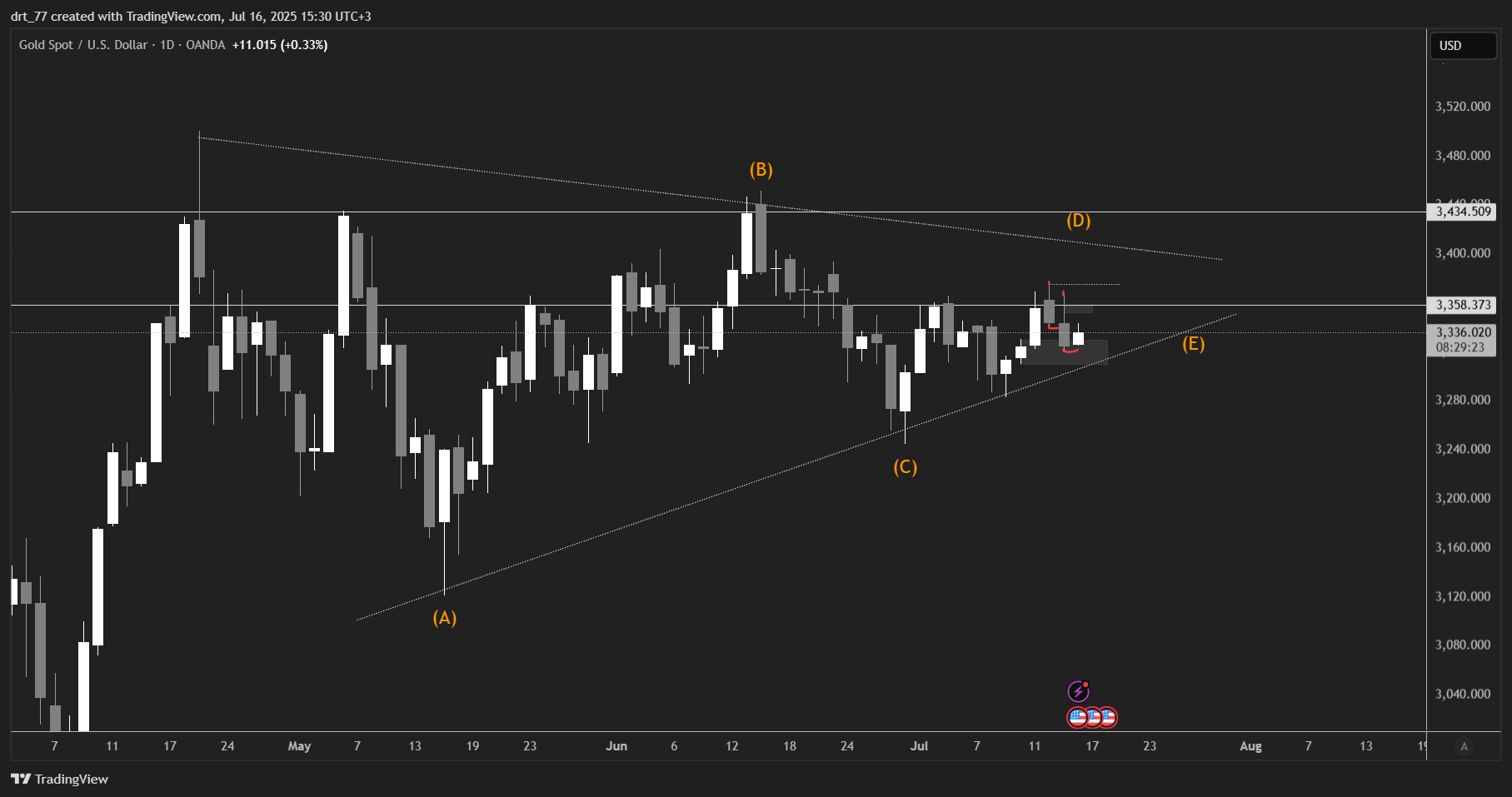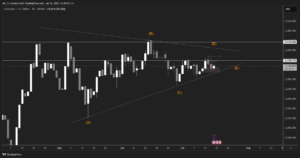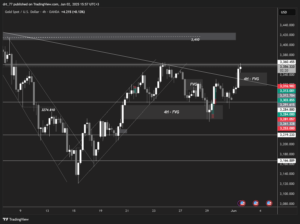China reiterated its commitment to its zero-COVID stance, with more lockdown restrictions as COVID cases rise to a 6-month high. Risk sentiment wobbles, setting the FTSE up for a weaker open.
· China’s trade surplus grew by less than expected, with imports and exports falling
· AUD/USD underperforms peers, given Australia’s reliance on trade with China
· Oil falls 1% amid concerns over the demand outlook
Stocks on Wall Street ended Friday sharply higher, and the USD experienced its largest one-day selloff in 7 years as investors digested a mixed non-farm payroll report.
Headline job creation for October was above expectations at 261k, ahead of the 200k forecast, and September’s number was also upwardly revised to 315k. In short, job creation in the US remains strong. However, the unemployment rate ticked higher to 3.7%, up from 3.5%, and wage inflation growth also slowed. Investors focused on these data points supporting the view that the Federal Reserve could look to slow the pace of rate hikes.
The market was pricing in a terminal rate of 5.25% ahead of Friday’s NFP report, which slipped to 5.09% after the report. The CME Fed fund shows the market pricing in a 61.5% probability of a 50-basis point hike in December, up from 44.5% last week.
The upbeat close on Wall Street isn’t transferring to a positive start in Europe, with the likes of the DAX and the FTSE pointing to a modestly weaker open as China’s COVID concerns return. The FTSE, which is heavily weighted in commodity stocks, is set to open 0.8% lower.
Widening lockdown restrictions In China and Beijing reiterating its commitment to a zero-COVID stance are dampening hopes that the world’s second-largest economy was looking to pivot away from its strict zero-COVID strategy. This optimism helped drive a rally in risk assets last week.
Chinese economic growth has slowed considerably this year due to COVID lockdowns. This trend is likely to continue if COVID lockdowns continue.
China trade data
Data overnight showed that China’s trade surplus grew less than expected, with both imports and exports shrinking. Imports fell -0.7% as domestic demand remains weak, while exports declined -0.3%, well short of the 4.5% growth forecast and one of the worst performances this year.
AUD/USD trades 0.5% lower at the start of the week, underperforming its major peers given the country’s reliance on Chinese trade. Meanwhile, the safe haven USD is rebounding.
Oil
Oil prices are falling from a two-month high as China, the world’s largest oil importer, reiterates its commitment to zero-COVID. The country is currently facing its largest outbreak in 6 months, hurting the demand outlook for oil. Still, losses could be limited as prices also find support from larger-than-expected inventory draws and supply cuts by OPEC+. Oil trades are down 1.1% at $91.00 per barrel at the time of writing after rising 5% last week.
Looking ahead
Today the economic calendar is relatively quiet. Investors will look ahead to the midterm elections, with voting taking place tomorrow. Meanwhile, US inflation data due on Thursday will likely be key in setting expectations for the December FOMC meeting.
Disclaimer: This article is not investment advice or an investment recommendation and should not be considered as such. The information above is not an invitation to trade and it does not guarantee or predict future performance. The investor is solely responsible for the risk of their decisions. The analysis and commentary presented do not include any consideration of your personal investment objectives, financial circumstances, or needs.
Sources: Bloomberg, CNBC, Reuters
Original article provided by Trading Writers





